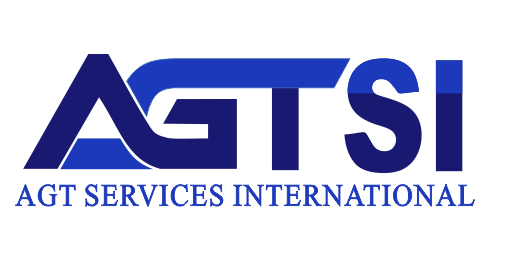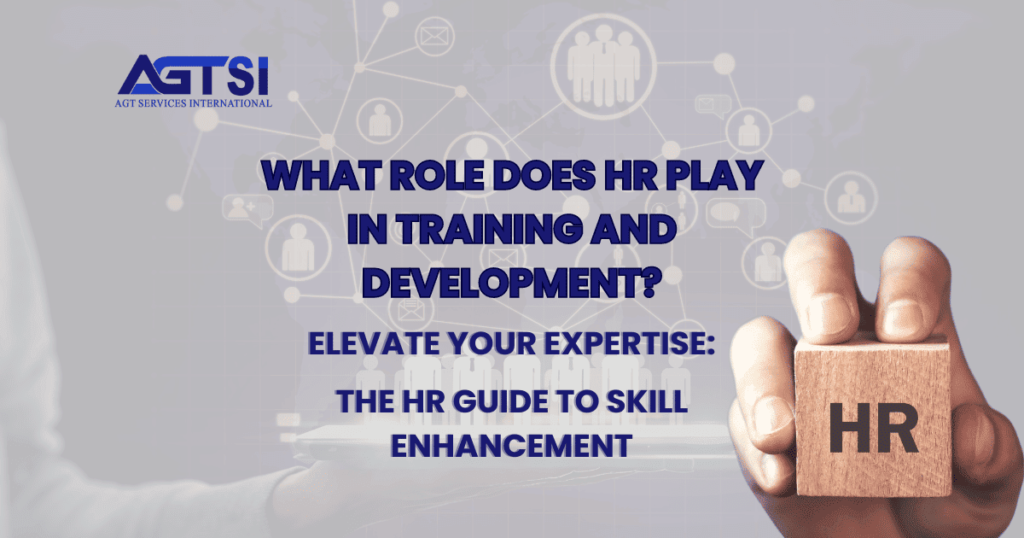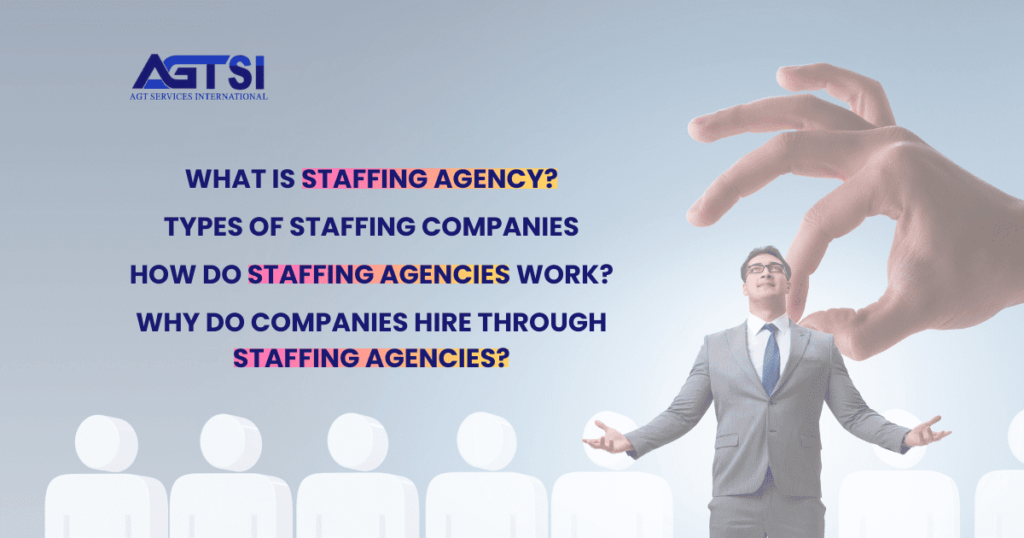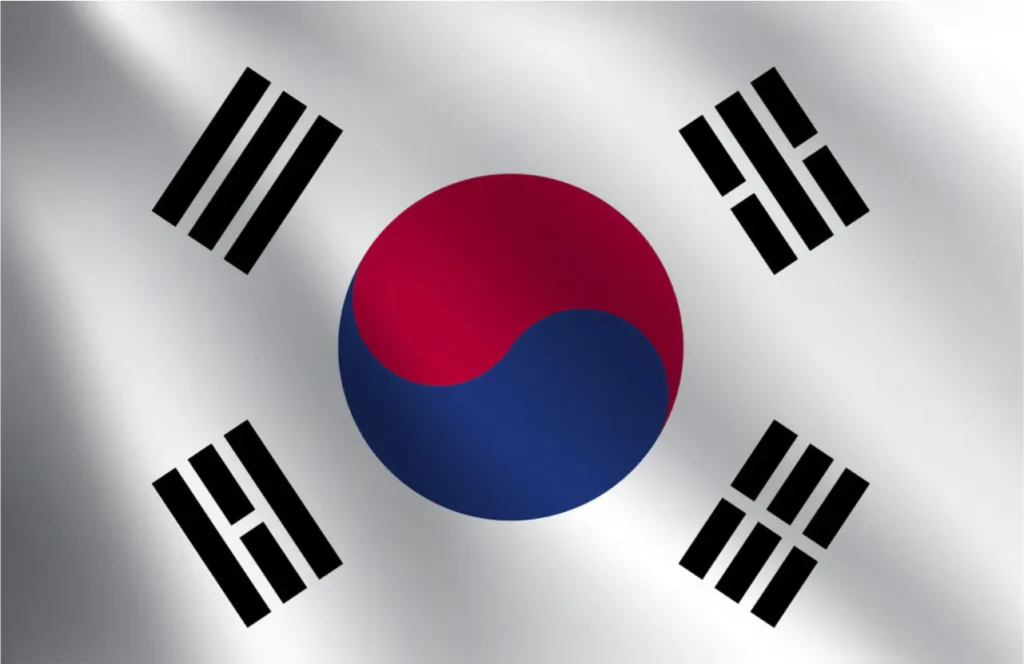Introduction:
In the fast-paced and competitive landscape of contemporary business, corporations recognize the significance of effective human resource management (HRM). HRM helps companies train and develop their employees better. As businesses stay flexible and develop new ideas, it’s important to keep helping employee training and development so employees learn and improve at their jobs. In this guide, we’ll talk about what role HR management plays in training and development and how HR management helps ensure employees get the training they need to do well at work.
Definition of Training and Development:
Before discussing the big objectives, let’s understand what training and development are. Training means helping employees improve their jobs by teaching them new skills and knowledge. Development is about helping employees grow in their careers and get ready for new roles in the future. So, training is like learning how to do your job better, while development is like getting ready for bigger responsibilities in the future.
Recommended: How do Staffing Agencies Get Contracts?
Understanding HR Management’s Role in Training and Development
Employee training programs and development activities are important for a company to succeed. Imagine a company as a big sports team. The employees are like the players on the team. Just like players need to practice and improve to win games, employees need training and development opportunities, skills, and knowledge to excel. This is where the significance of HR management shines through, as it plays a crucial role in facilitating training and development. HR professionals guarantee that employees receive the necessary training sessions to excel in their roles. So, when employees learn and grow, the whole company can succeed!
Recommended: How Recruitment Agencies Get Clients?
The History of Training and Development Practices:
Info Source: digitalcommons
How companies teach and help their employees with training and development has changed significantly. Important events like World War II, the growth of job-focused education, and new technology have all influenced how employees are trained. Special programs like Training Within Industry helped train hirelings quickly during the war. After the war, schools focused more on training and development programs for specific jobs. Then, computers came along and changed how employee training and development could be done. People also realized that training employees well is important for a company to do well. So, over time, training methods have improved to help employees learn better and do their jobs more effectively.
Recommended: How to Calculate Recruitment ROI?
What Role Does HR Play in Training and Development?
HR Management helps employees grow by working with leaders to find out what skills are needed, setting goals for learning, and making special training plans. HRM uses information from performance reviews, what employees say, and what’s happening in the industry to make these plans. HR makes sure these plans fit what the company wants and wants each person to achieve. Some of the key roles HR Management plays in training and development are below:
Recommended: Recruitment Agency Fee Structure
1. Training Needs Assessment (TNA)
Training Needs Assessment (TNA) is an important process led by HR teams to ensure employees get the right training to help the company reach its goals. It involves a few important steps to find and fix any gaps in workforce skills.
Initially, the HR department compiles a comprehensive inventory of the requisite skills and knowledge for every position within the organization. Making a list of needed skills and knowledge helps the HR team see how well employees are doing compared to what’s expected.
Next, the HRM look at how well employees do in their job reviews. If there are any areas where staff members are having trouble or need more training and development, the HR team takes note.
HR also talks directly to employees to hear what they think about training. HRM might ask questions in surveys or hold meetings to listen to staff ideas. Asking questions and listening to staff members helps ensure the training fits employees’ wants and needs.
It’s also important for HR management to keep up with what’s happening in the industry. By Updating from industry updates or trends, HRM can see if there are any new skills employees need to learn to stay ahead.
Overall, TNA aims to give employees the right training and development to do their jobs well and help the company succeed. Companies can boost learning and growth by ensuring everyone gets the training they need, leading to new ideas and success.
Recommended: Art of Negotiating Recruitment Agency
2. Designing and Developing Training Programs
Human Resources (HR Team) ensures that training and development programs are helpful. First, HRM sets clear goals for what Employees should learn in the training. HR management makes sure these goals are easy to understand, possible to achieve and match up with what the company wants to do.
Then, HR picks the best way to teach these things based on what they are and how employees like to learn. Sometimes, this means having classes, using computer programs, learning while working, or doing activities together. It all depends on what works best for everyone.
Next, HRM makes everything needed for the training, like presentations, papers, and online things. These things help employees learn and remember what they’re instructed.
Sometimes, the HR team gets help from experts outside the company to improve the training and development. They also ask individuals who work in the company and know much about the topic to help teach others.
Overall, HR management is like the captain of the training ship. They make sure everything fits together nicely, help everyone learn, and make the company better at what it does.
Recommended: 10 Steps Saudi HR Managers Can Follow to Choose the Best Manpower Recruitment Agency
3. Implementation and Delivery of Training Programs
HR management is responsible for making sure training and development programs run smoothly. HRM plans when the sessions will happen, finds someone to lead them, and ensures everyone has what HR needs. HR uses different teaching methods, like in classrooms, online learning, and coaching. HRM also handles the money for training, ensuring sufficient to go around. HR follows the rules to keep everything legal and checks who participates to ensure employees learn what they need for their jobs.
4. Evaluation of Training Programs Effectiveness
HR management carefully looks at how training and development programs affect how well employees do their jobs and the company’s overall performance. Human resources leadership does this by asking for feedback, giving tests, and keeping track of important numbers to improve training over time. HRM also checks to see how good the trainers are and asks the employees taking the training what they think so HRM can ensure the training and development programs are helpful and quality. HRM also gives tests before and after the training to see if employees (trainees) get better at their jobs because of learning initiatives. And HRM even looks at how much the training costs compared to how much it helps the company.
5. Supporting Continuous Learning
The Human Resources team (HRM) helps create a culture where employees learn new things. HRM achieves this goal by providing opportunities for employees to enhance their skills and progress in their careers. This might mean allowing them to use online courses, paying for special certificates or training courses, and encouraging employees to share their knowledge.
Recommended: What is Permanent and Contract Recruitment?
6. Unlocking Career Growth of Employees
HR management is important in helping employees grow and learn new skills at work. They don’t just set up training programs but also help employees move up in their jobs by giving them mentors, coaches, and tools they need. HRM works closely with managers to find employees who are good at their jobs and make plans for when those managers leave. Working with managers and Finding the best employees helps the company’s HR team to have new leaders ready to take over smoothly. So, HR confirms employees are happy and there are always smart people ready to lead the company forward, even when things change a lot.
7. Adapting to Future Trends
As the workplace changes, HR needs to keep up with new trends and technologies that help employees grow. This means using things like artificial intelligence (AI), machine learning, and data analytics to make learning better for each person, guess what skills we’ll need in the future, and make training better. Also, HR needs to support diversity, fairness, and inclusion efforts to make sure everyone feels welcome and can do their best at learning.
Recommended: How to Start a staffing Agency with No Money from Home?
What is the Purpose of Training and Development in HRM?
In Human Resources, Training & Development (T&D) is very important. It helps ensure workers have the right skills and knowledge to do their jobs well. Training & Development programs experts create and give training programs to help employees learn how to do their jobs better. They also ensure employees know about new things happening in their industry or with technology. And they’re there to help employees determine what they want to do in their careers.
The purpose of training and development in Human Resource Management (HRM) is diverse and important for corporate success. Here are some key purposes:
1. Skill Enhancement
Training and development programs desire to improve the skills and expertise of employees. By providing suitable training, HRM make sure that employees have the necessary knowledge and abilities to perform their current roles effectively.
2. Adaptation to Change
Change is constant in today’s busy business environment. Training and development help employees adjust to technological changes, processes, regulations, and market conditions. Awareness of change ensures that the organization remains agile and competitive.
Recommended: What is a Manpower Recruitment Agency?
3. Improved Performance
Well-trained employees care to perform better in their roles. Training provides them with the tools and knowledge required to excel, leading to increased productivity, quality of work, and overall performance.
4. Employee Engagement and Satisfaction
Offering opportunities for training and development shows the organization’s commitment to employee growth and development. Enterprise loyalty can boost employee morale, job satisfaction, and engagement, leading to higher retention rates and reduced turnover.
5. Succession Planning
Training and development programs identify and nurture organizational talent. By investing in employee development, HR management prepares future leaders and ensures a smooth succession process when key positions become empty.
Recommended: What is Staffing Agency? Types of Staffing Companies and their Working Process
6. Enhanced Innovation and Creativity
Continuous learning through training and development encourages employees to think critically, innovate, and contribute new ideas to the organization. This promotes a culture of innovation and creativity, driving business growth and competitiveness.
7. Compliance and Risk Management
Certain industries require employees to comply with specific regulations and standards. Training and development programs ensure that employees understand and adhere to legal and regulatory requirements, reducing the risk of non-compliance and associated penalties.
8. Building a Learning Culture
Training and development initiatives promote a culture of learning within the organization. When learning is valued and encouraged, employees are more likely to seek out opportunities for self-improvement, leading to continuous growth and development.
Recommended: Types of Recruitment Agencies
The Strategic Key of HRM in Training and Development
1. Improving Productivity
By giving employees the right knowledge and skills, HR management helps staff do their jobs better. Employees who feel confident can solve problems, develop new ideas, and get good results.
2. Enhancing Service Quality
Employees who are well-trained can make better products and provide better services. HR assures that employees get the training HRM needs to confirm everything employees do meets high standards. Does really well, helps make customers happy, and keeps them returning for more.
Recommended: How to Start a Recruitment Agency?
3. Reducing Turn Over
Investing in helping employees grow and learn makes staff feel more loyal and committed to their jobs. When HRM focuses on training and helping individuals advance in their careers, it helps keep employees from leaving their jobs too often. Employees not leaving their jobs means the company can stay steady and strong because its employees stay around longer.
4. Mitigating Costs of Errors
Training and development programs help employees improve their jobs, making rarer mistakes and working more efficiently. When HRM confirms everyone knows the best ways to do their work, it saves money and helps the company process run smoothly.
5. Staying Agile and Competitive
Companies must keep up with new trends and technology in today’s fast-changing business world. HR management helps employees stay updated on what’s happening in the industry, which helps the company keep growing and stay competitive.
Recommended: How To Choose The Right Recruitment Agency For Your Business?
The Human Touch: HR’s Impact on Employee Development
1. Building Personal Connections
HR professionals build strong connections with employees, understanding what each person wants and hopes for. HRM offers special help and advice to each employee, which helps create an atmosphere where everyone feels safe to work together and share ideas.
2. Efficient Orientation and Onboarding
The HR team creates thorough orientation programs to help new employees get used to the organization’s culture, values, and expectations. Guiding with company culture helps new employees settle in smoothly and be ready to succeed right from the start.
3. Organizing Ongoing Training Activities
HR organizes various learning activities to help people keep learning new skills all the time. Skill development activities include workshops, classes, online courses, and one-on-one coaching. HR confirms employees can easily find these resources to help them grow and learn.
4. Motivating Career Advancement
HRM encourages employees to keep learning and growing. When employees do well, HR praises and rewards them, making staff feel proud and happy. Motivation makes employees want to stay with the company and work even harder.
5. Ensuring Quality Content Delivery
HRM creates and gives out training stuff that’s interesting, useful and makes a big difference. HRM uses cool teaching methods and tools to make learning fun and help us remember what we’ve learned better.
What Are the 5 Processes in Training and Development?
In training and development, there are several key processes that organizations typically follow to ensure the effectiveness of their programs. While the specific processes may vary depending on the organization’s needs and objectives, here are five common processes:
1. Needs Assessment
Before creating any training, it’s important to determine what employees need to learn. This means looking at what knowledge, skills, and abilities they need to do their jobs well. To do this, HRM might look at people’s different jobs, ask them questions in surveys or interviews, and check how well they’re doing in their work. This helps HR management see where there’s room for improvement and what kind of training might help.
2. Design and Planning
Once HR management knows what training is needed, the next thing to do is create a plan for how to do it. This involves deciding the training goals, what we’ll teach, and how we’ll teach it. HRM also determines what materials will be needed and when the training will happen. When the HR team designs and plans the training, HRM ensures it fits what our organization wants and is right for the people participating.
3. Implementation
During the implementation phase, the training program is given to employees. This can be done through classes with a teacher, workshops, online courses, or learning while working. Implementation also means organizing the schedule, setting up the training sessions, and giving employees what they need for training. This phase aims to ensure employees get the training they need to learn new skills and information.
4. Evaluation
Evaluation is important because it helps us see how well the training worked. HR management gathers information and feedback to see if the training helped employees do their jobs better, learn new things, and change how they act. HRM can do this by giving tests before and after the training, asking survey questions, watching how people do their jobs, and looking at their performance. The feedback the HR team gets from evaluation helps us determine what parts of the training worked well and what parts HR team can improve.
5. Follow-Up and Continuous Improvement
The last step in training and development is checking how things went and improving them. Once the training is done, HR and trainers look at what people thought about training and development and see where HRM can make it even more helpful next time. HR team might change what they teach, how they teach it, or listen to what the people who took the training have to say. The training stays useful by always trying to improve and helps the company reach its goals better.
By following these five processes—needs assessment, design and planning, implementation, evaluation, and follow-up—organizations can develop and deliver training programs that contribute to employee development and organizational success.
Last Words
In conclusion, HR management plays a central role in driving training and development initiatives that empower employees and propel organizational success. From identifying training needs to designing tailored programs and fostering a culture of continuous learning, HR serves as a catalyst for growth and innovation. By prioritizing employee development, organizations can cultivate a skilled and motivated workforce capable of overcoming challenges and seizing opportunities in today’s ever-evolving business landscape.



















